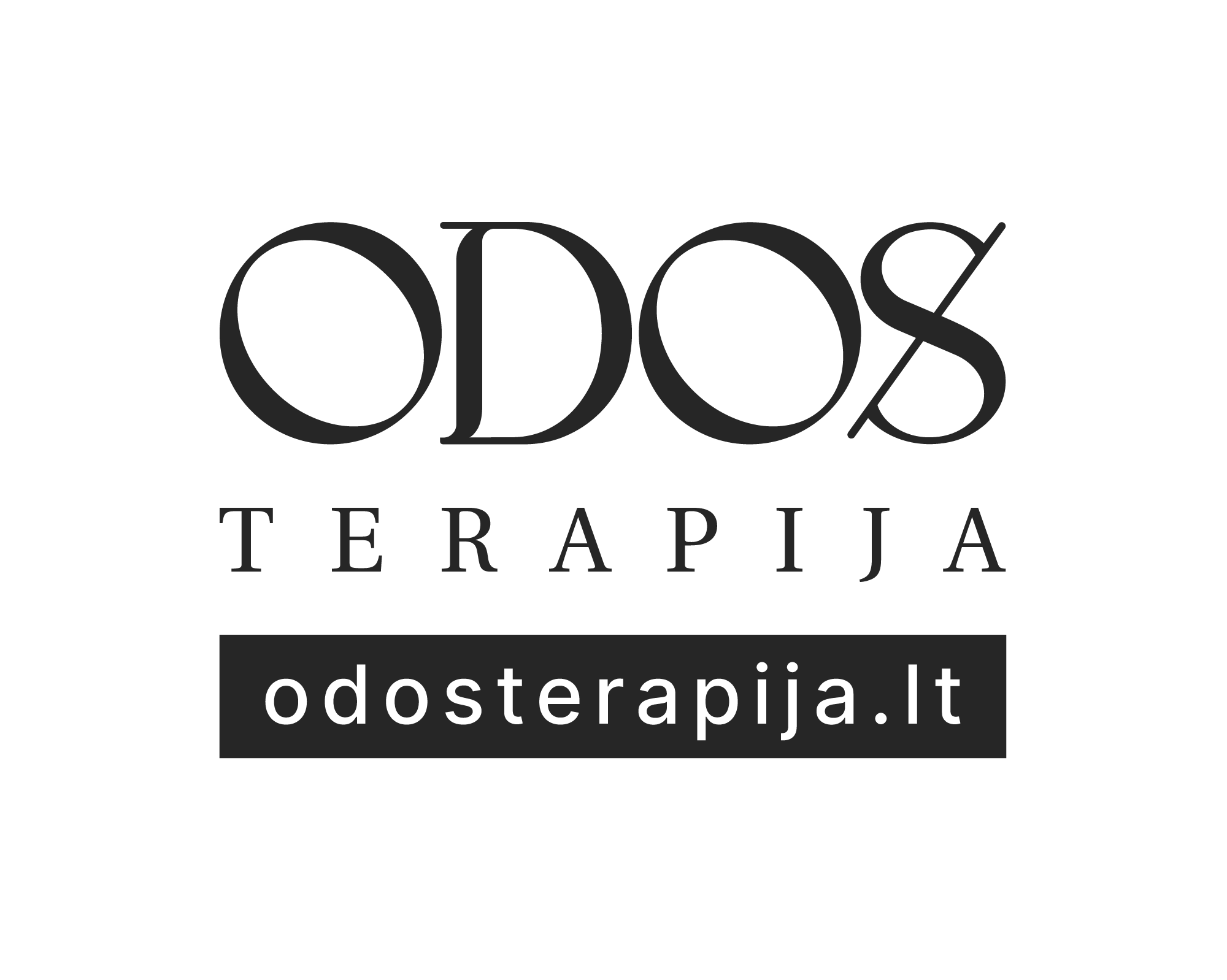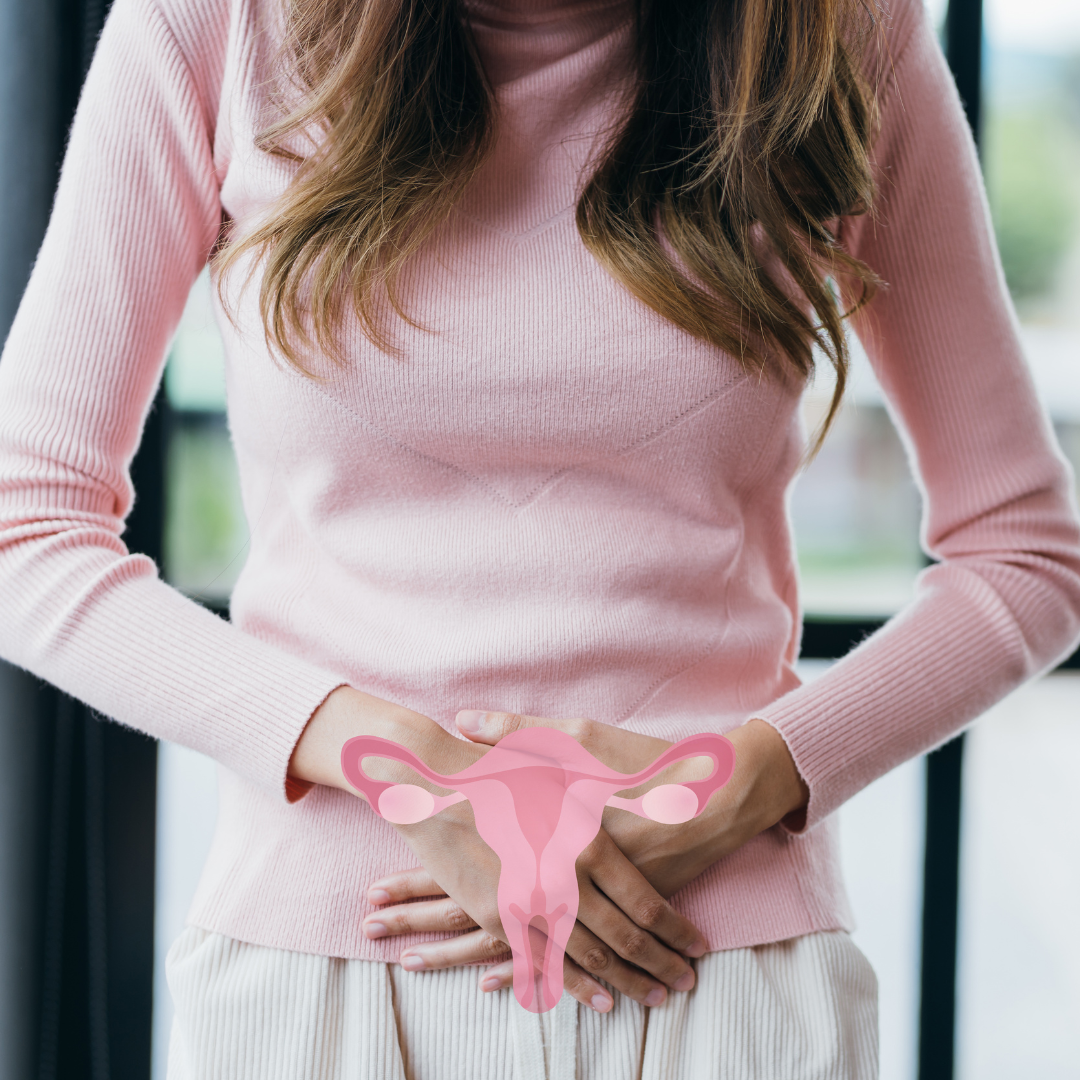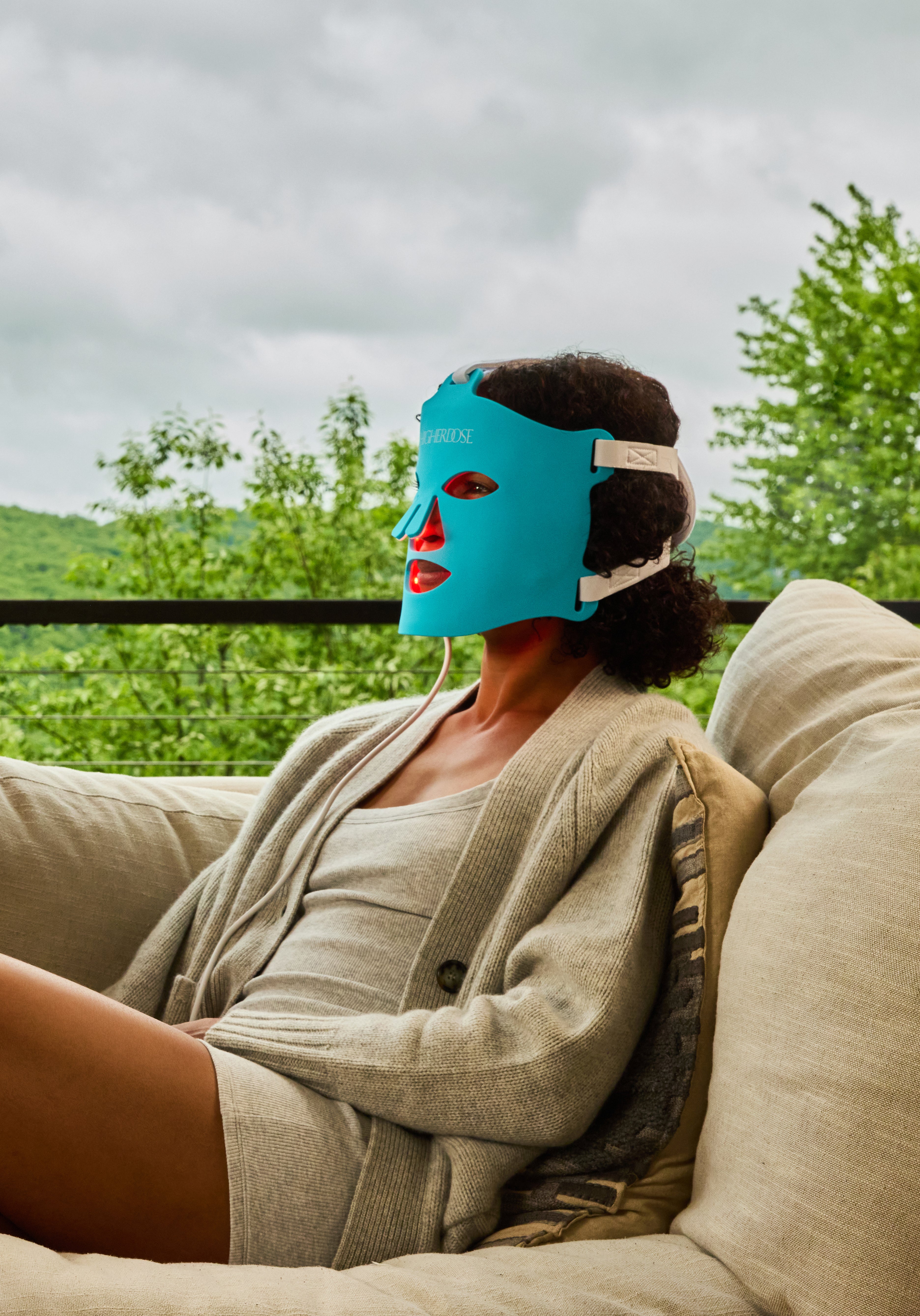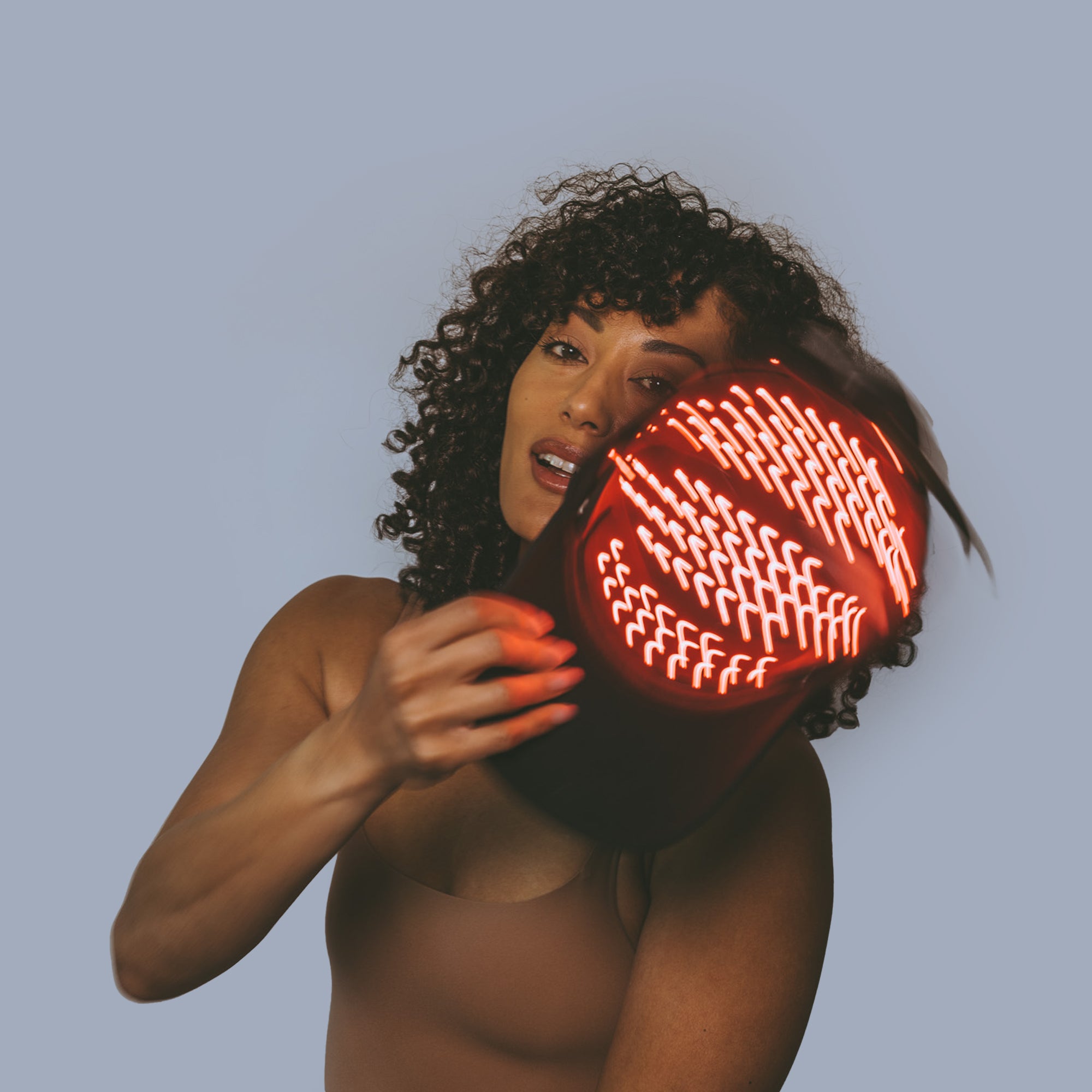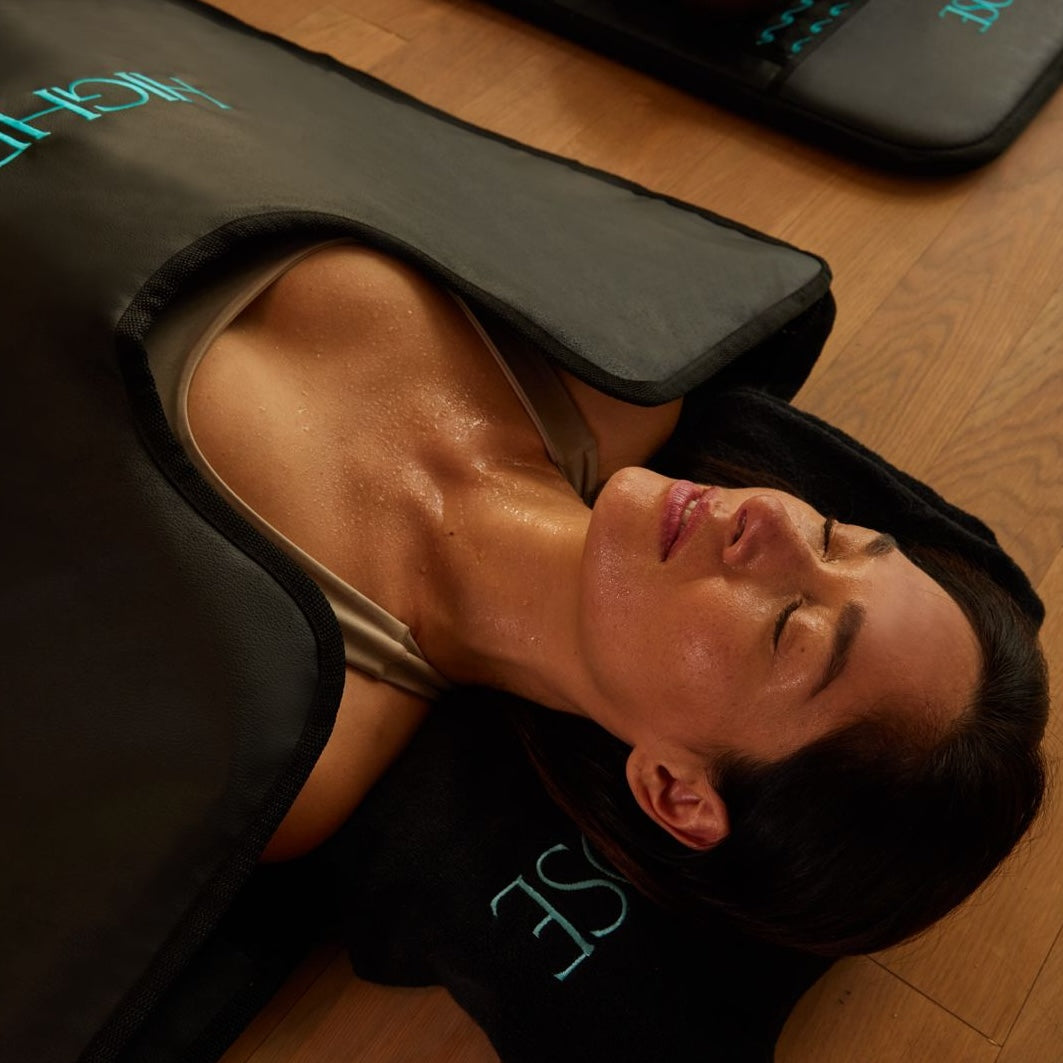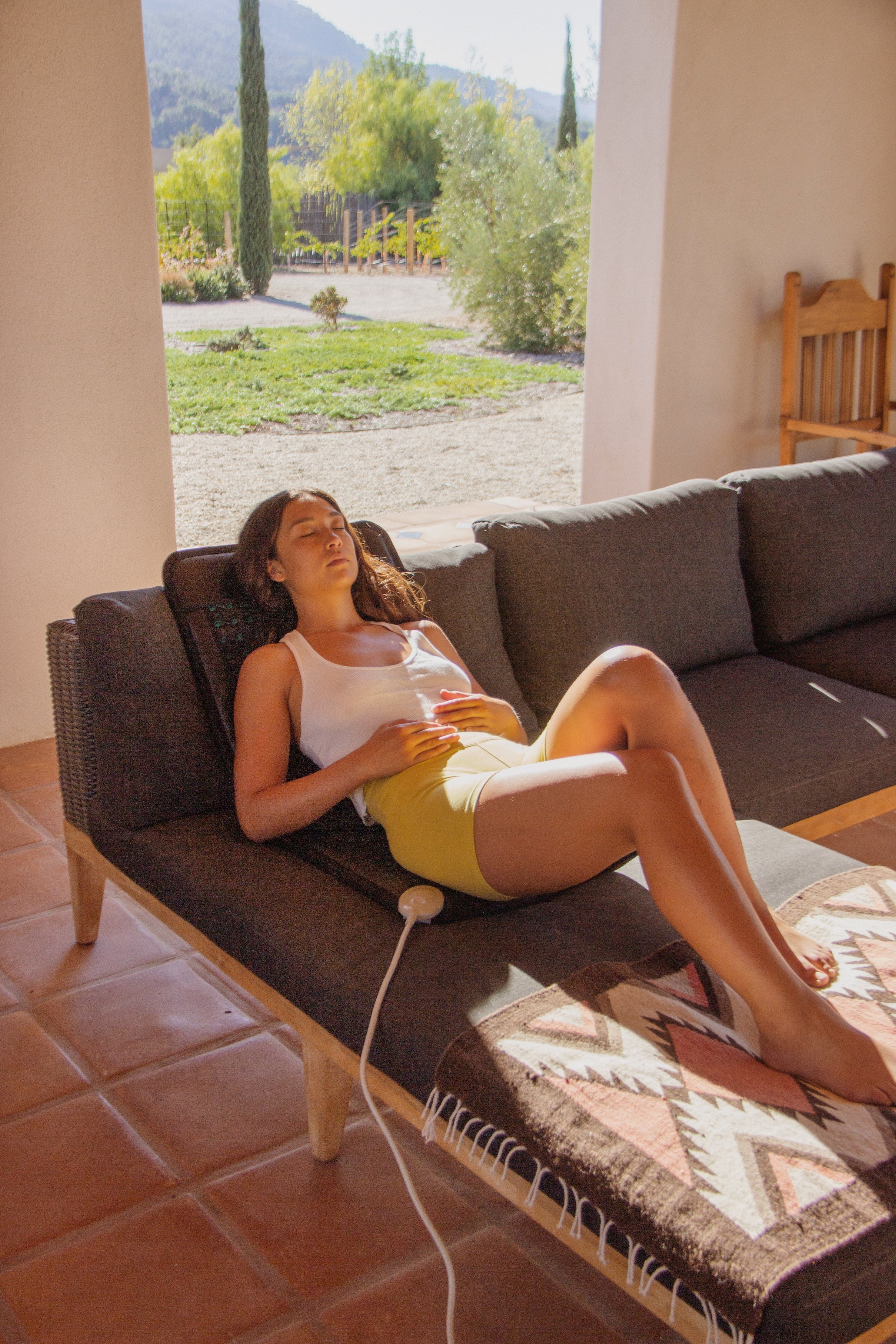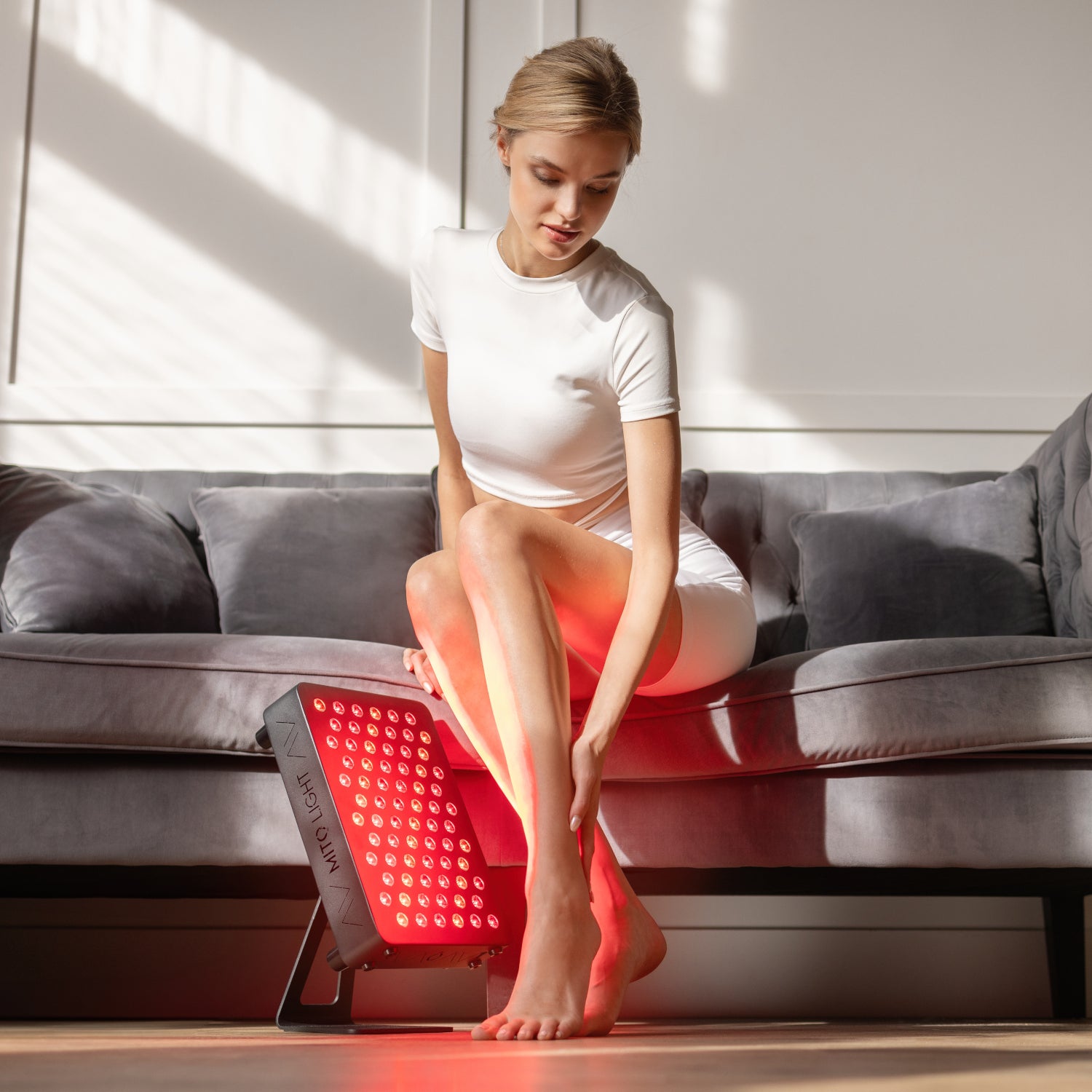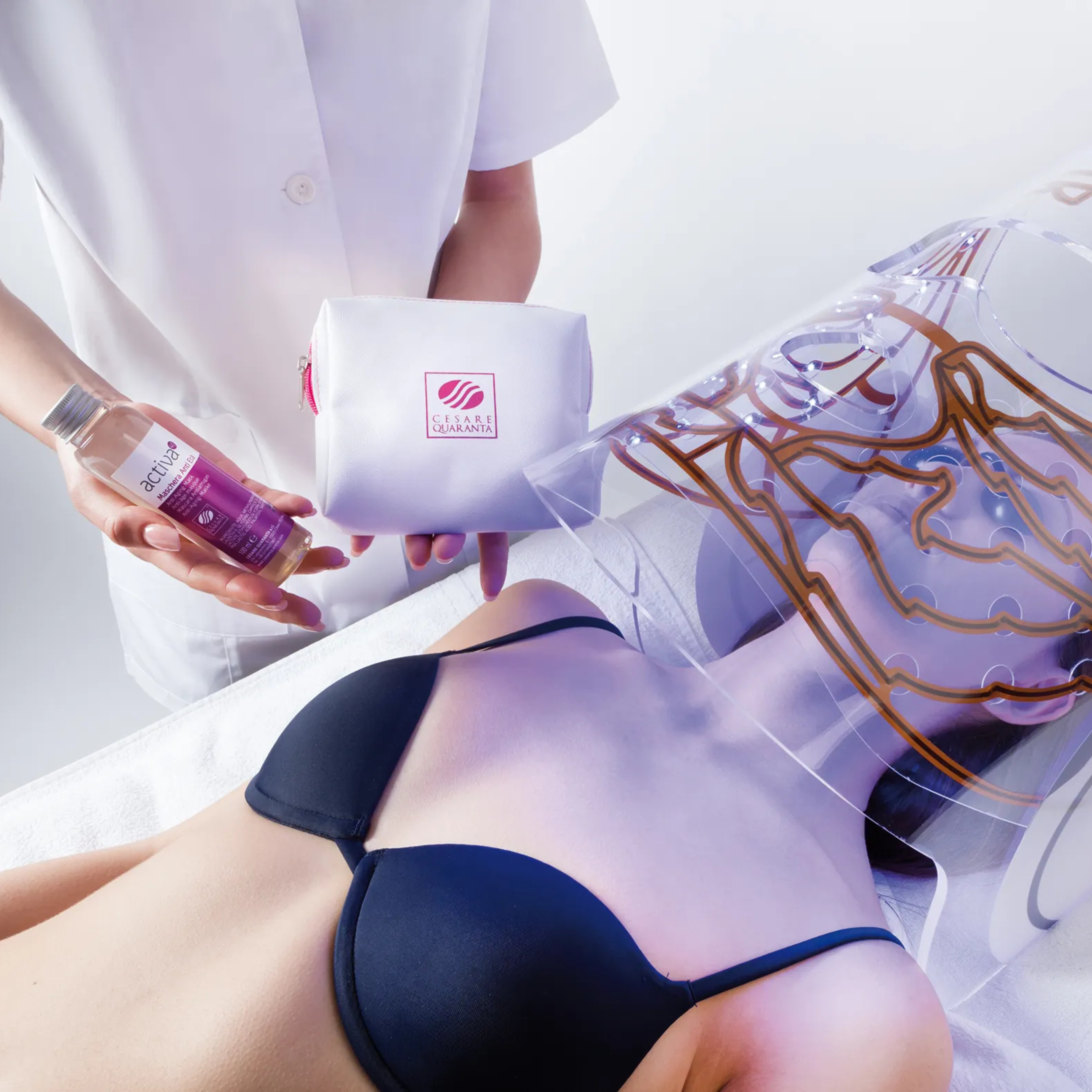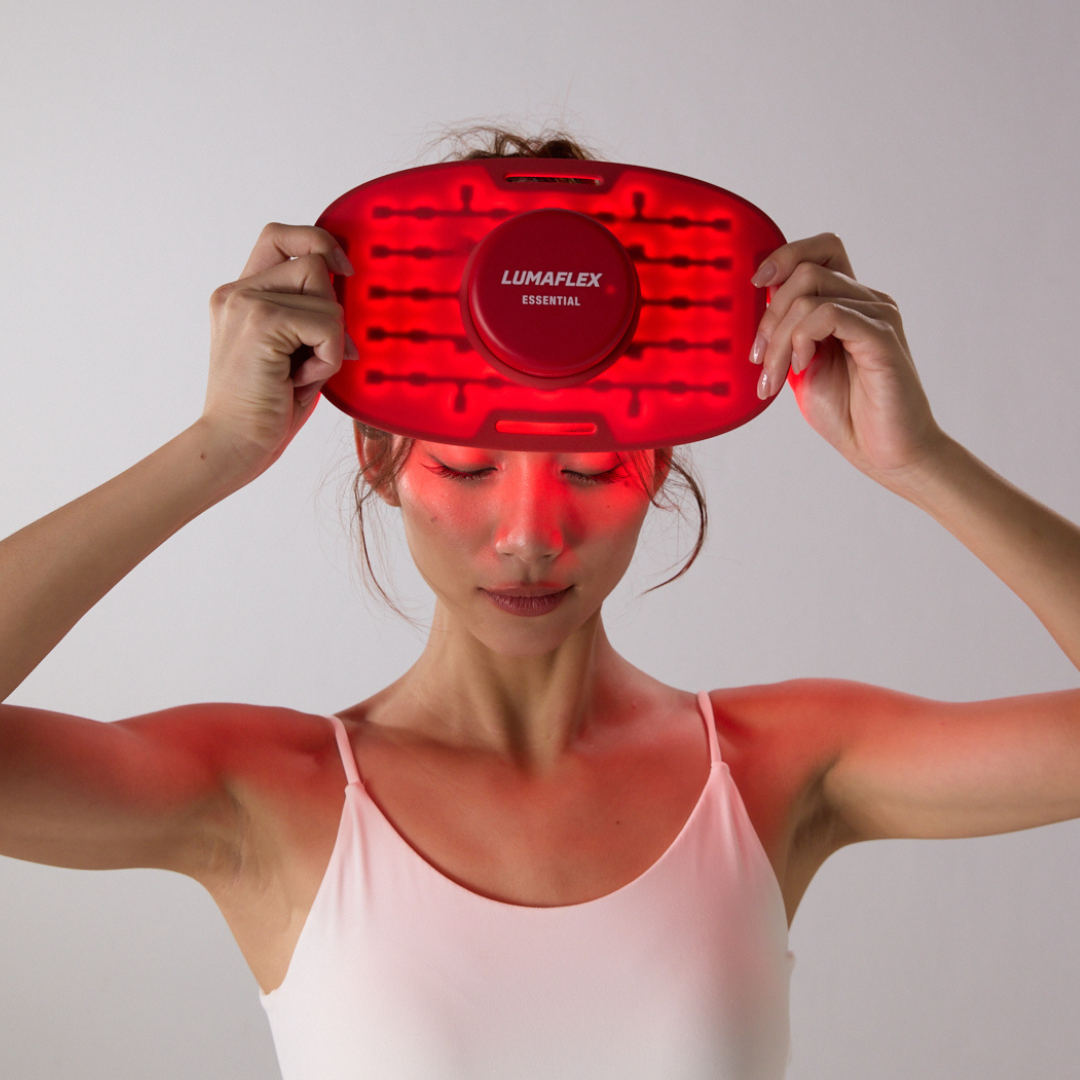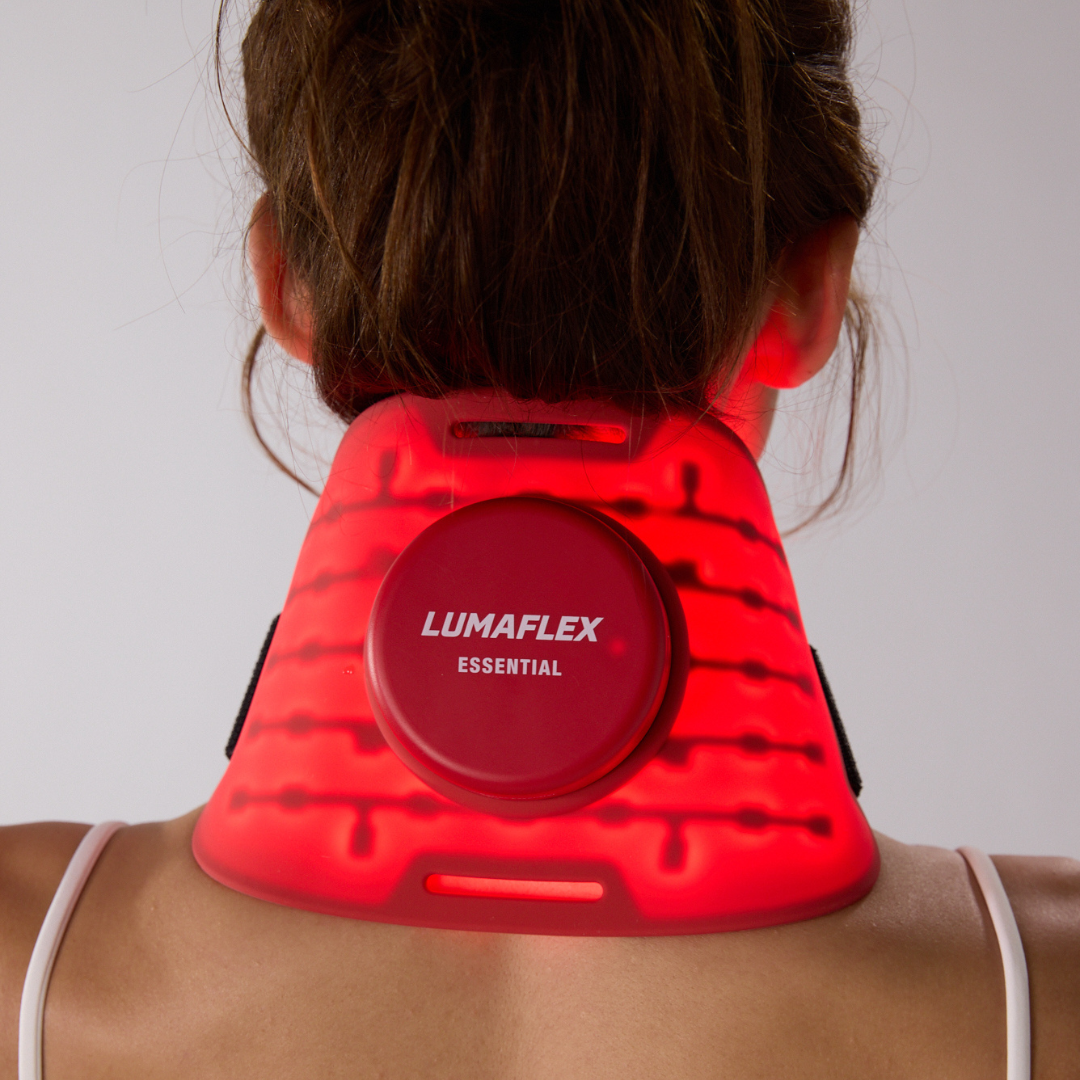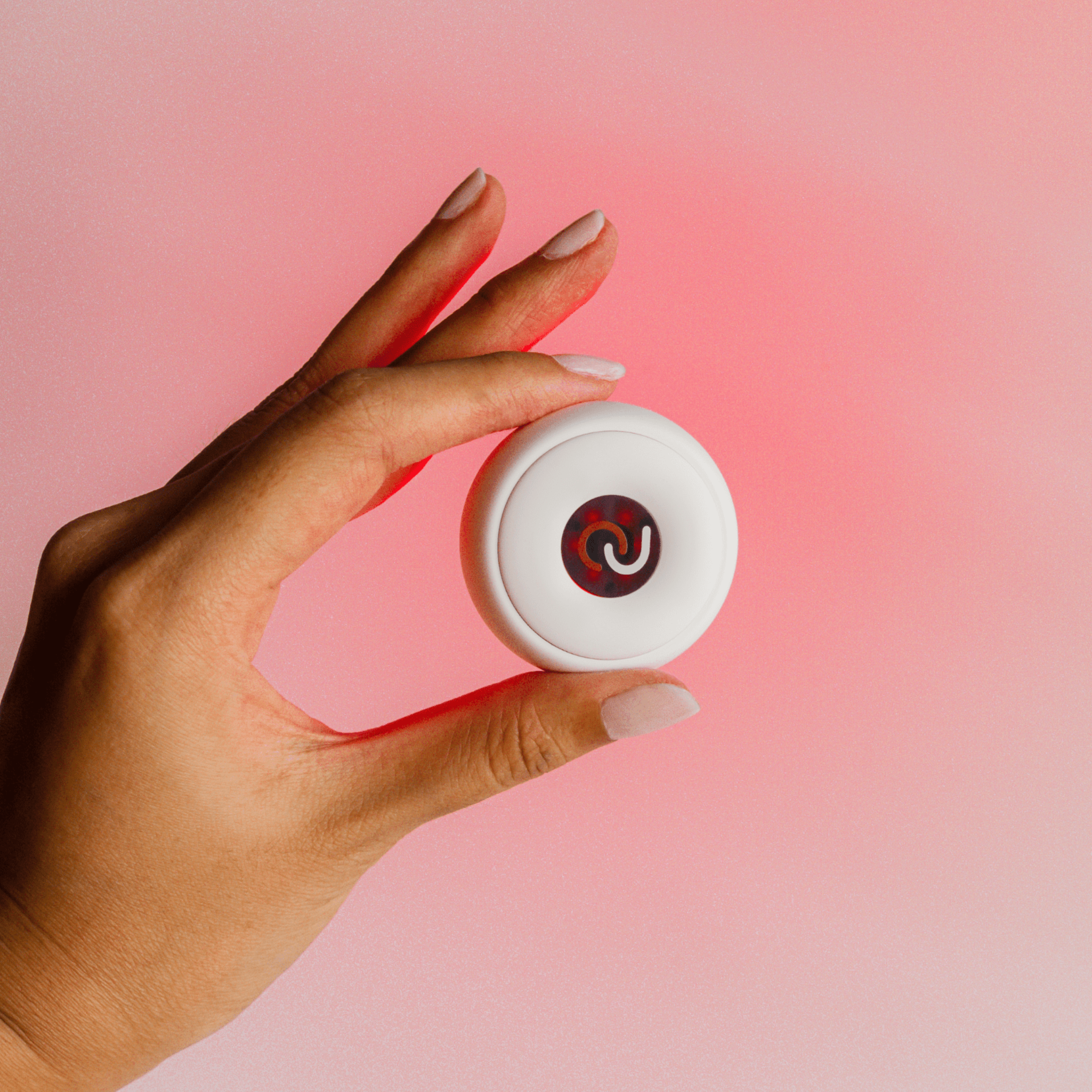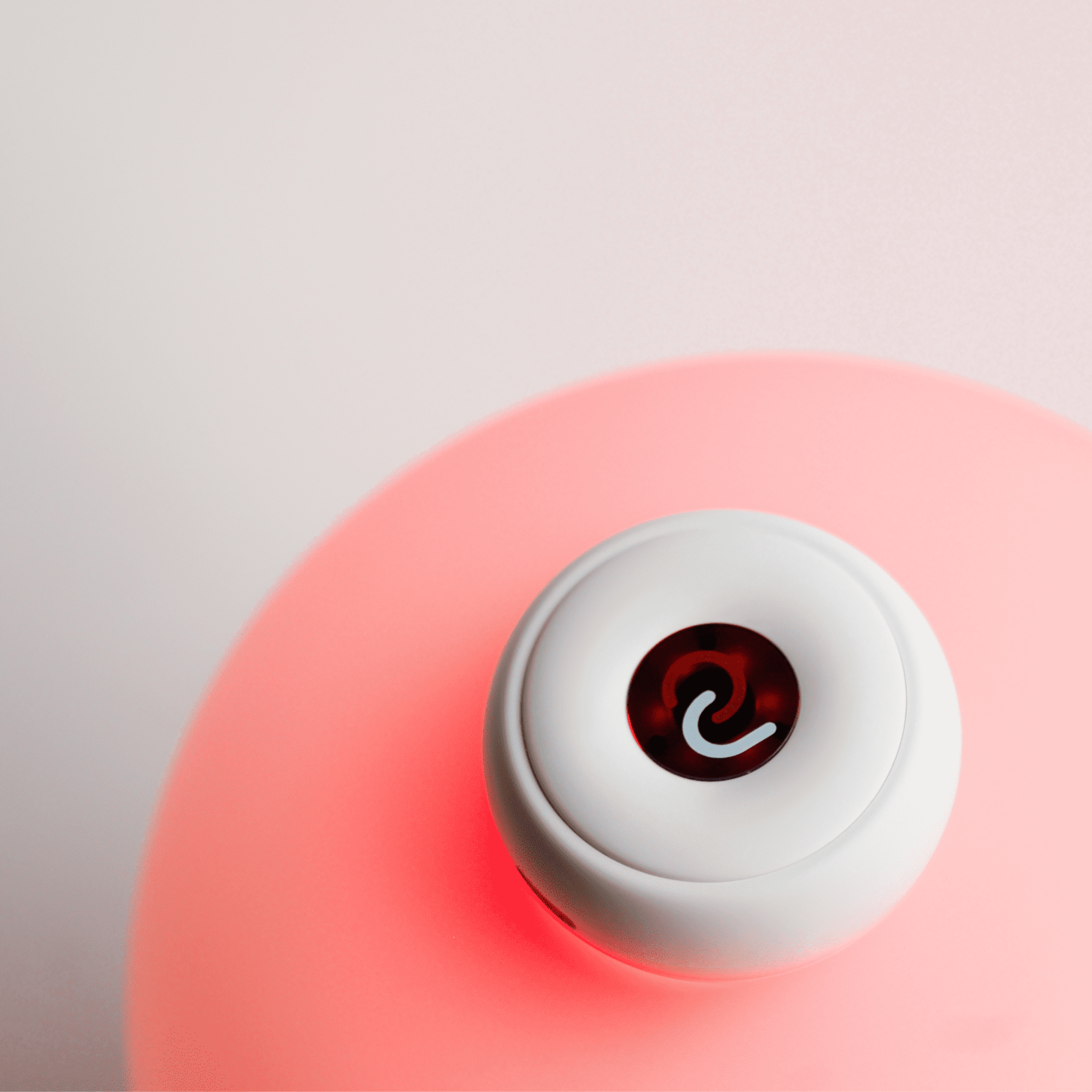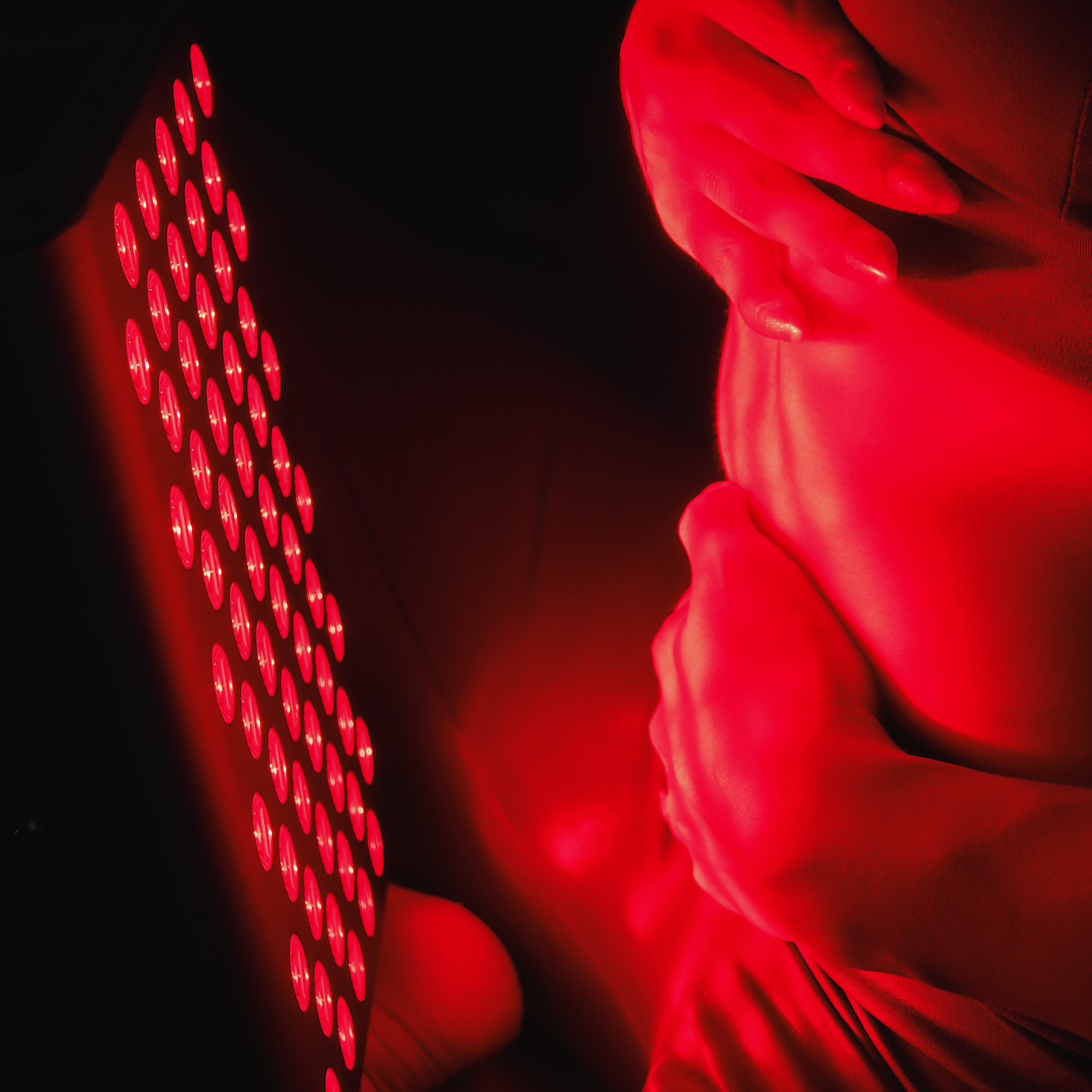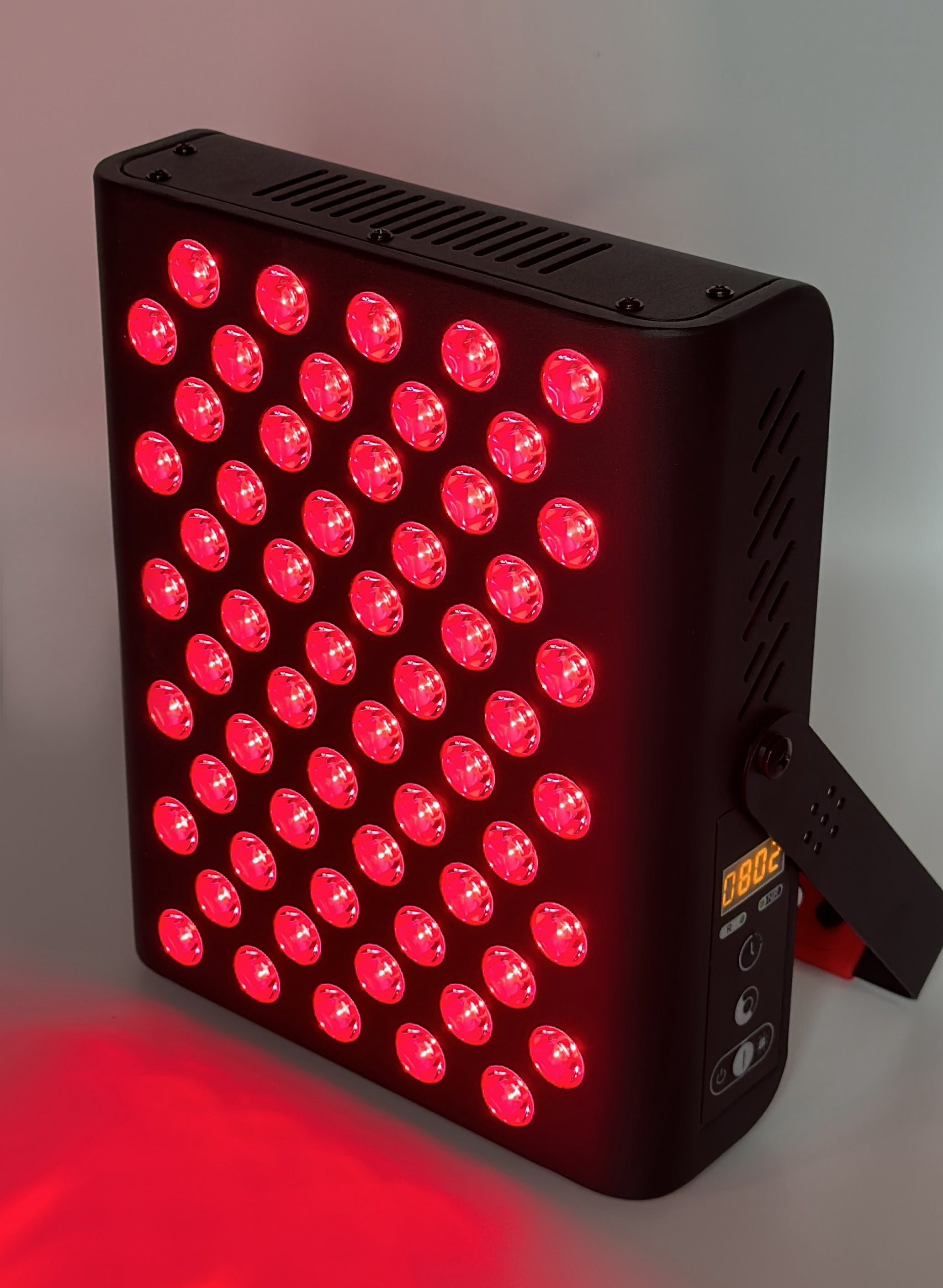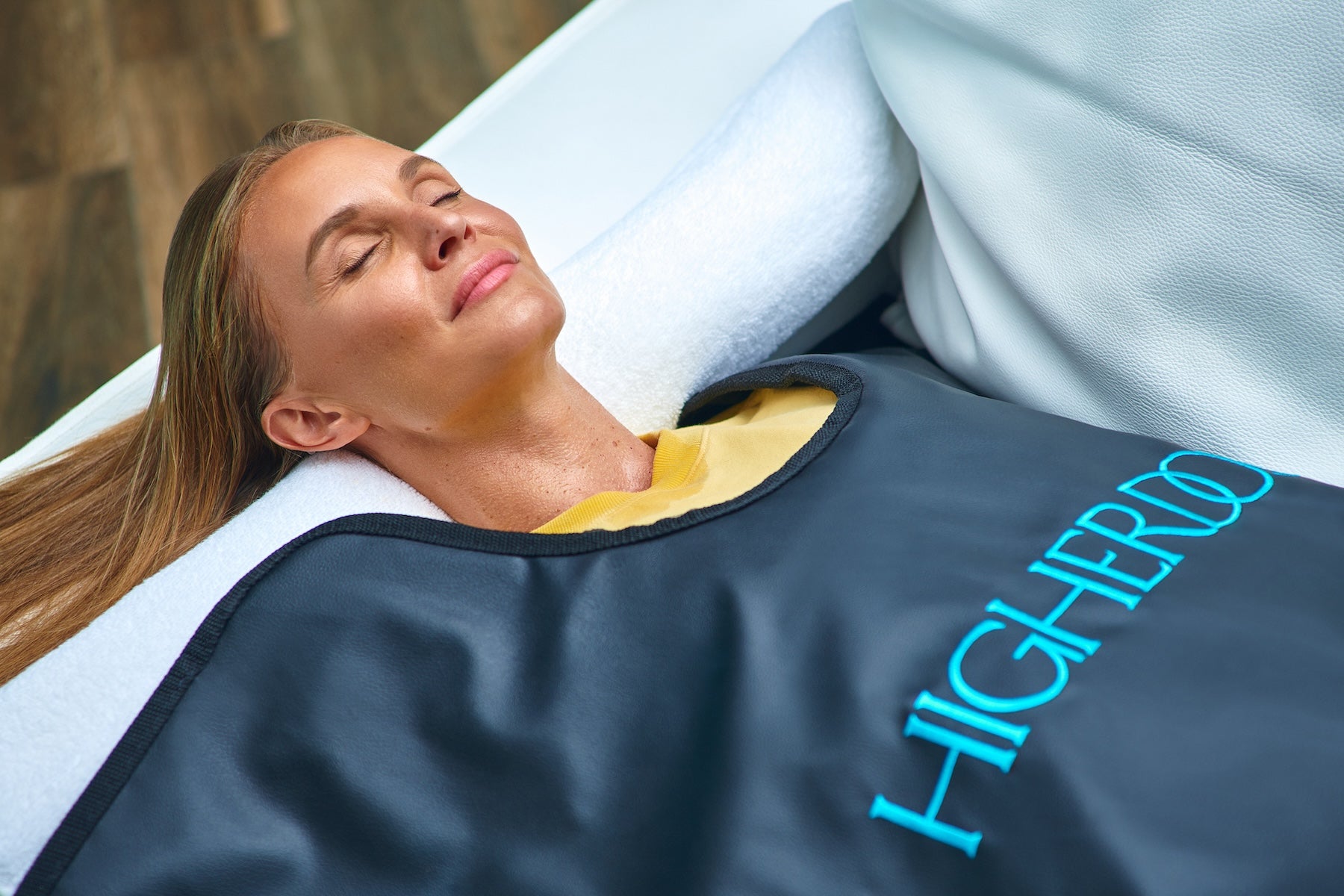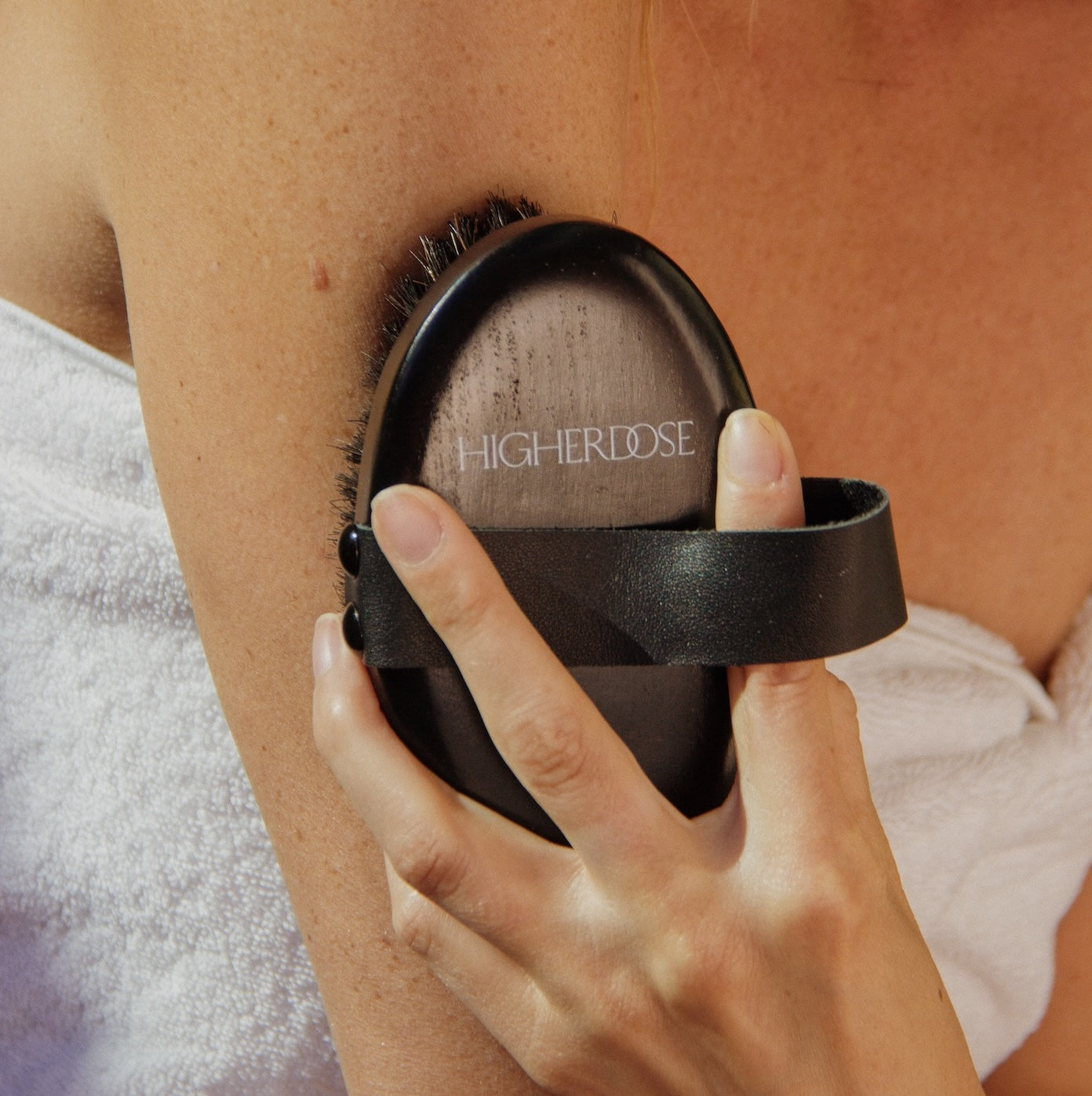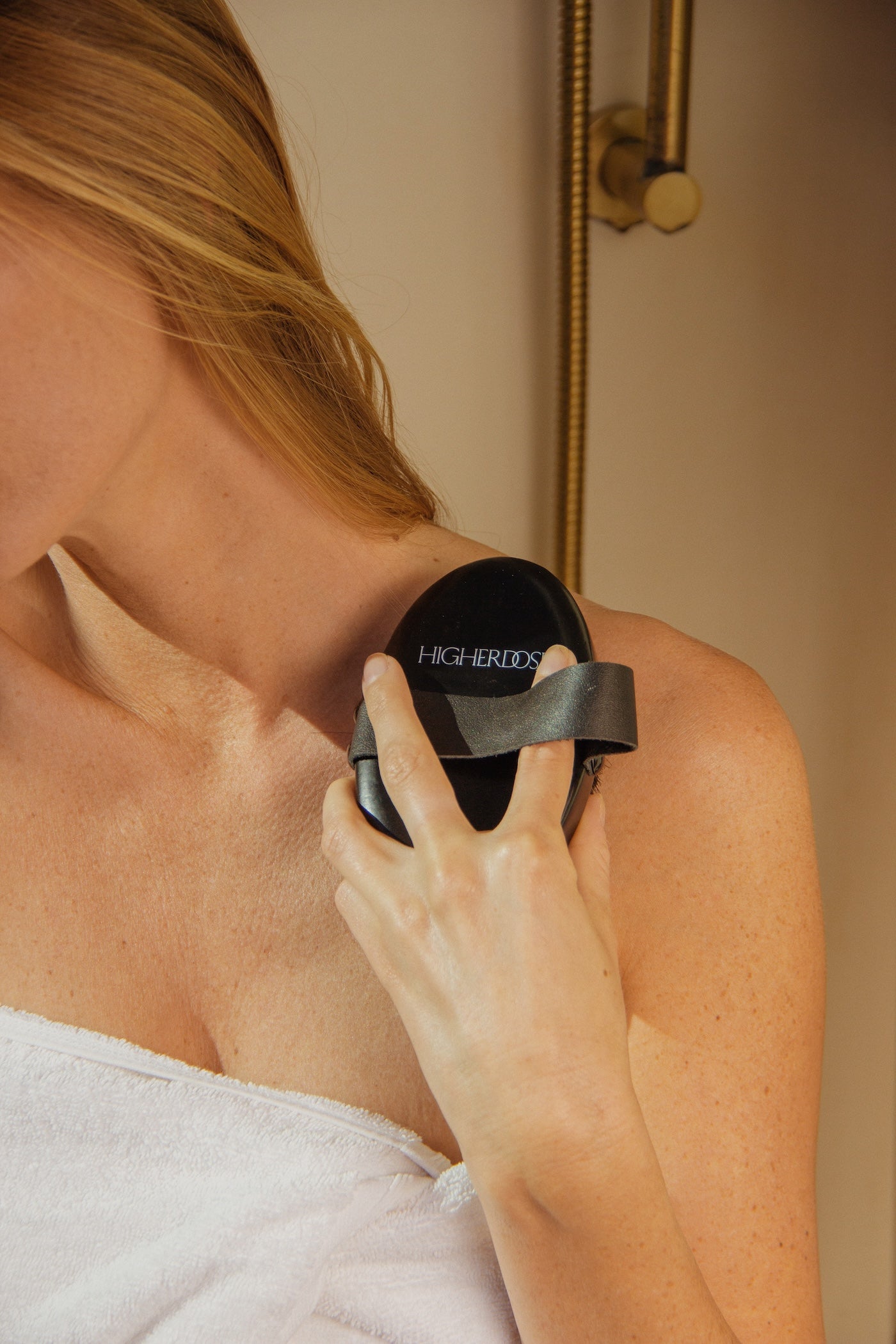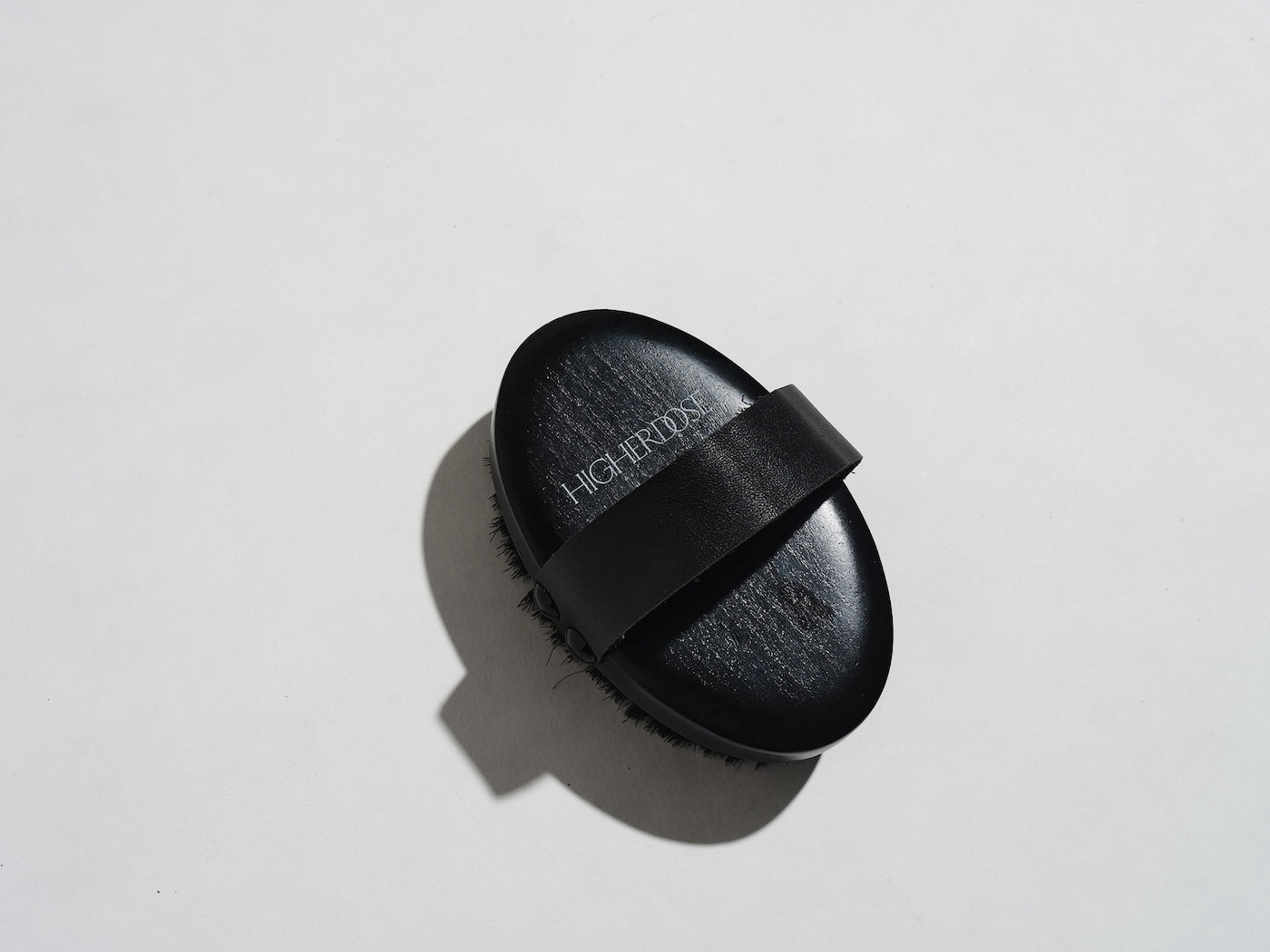Women's intimate health is still rarely discussed openly, but that doesn't mean it's any less important. Menopausal symptoms, vaginal dryness, discomfort, or decreased sensitivity are topics that need to be discussed. And this is where an advanced yet gentle solution comes to the rescue - red and near-infrared light therapy.
Advances in science and technology are opening up new possibilities for taking care of yourself without invasive procedures or hormones. How does light therapy work, what benefits does it provide for the intimate area, what research supports it, and how can this therapy be conveniently applied at home - by incorporating it into your daily wellness routine?
How does red and infrared light therapy work?
Red light therapy, also known as photobiomodulation or low-intensity light therapy, has gained significant attention as a non-invasive method for treating a variety of health problems, including improving women’s intimate health. This therapy uses specific wavelengths of red (approximately 620–700 nm) and near-infrared light (approximately 700–1400 nm) to stimulate cellular functions. The two types of light work synergistically: red light affects superficial tissues, while infrared light affects deeper layers, thereby activating mitochondrial activity, improving blood circulation, and promoting cell renewal.
The basis is the interaction of light with the mitochondria of cells - the energy production centers. When cells absorb these wavelengths of light, the production of adenosine triphosphate (ATP) increases, which is the main source of energy for cells. This process promotes cell regeneration, improves blood circulation, reduces inflammation and strengthens tissues. Infrared rays penetrate deeper than red light, so their effect is especially important in treating deeper tissues of the pelvis and vagina.

Benefits of red and infrared light therapy for women's intimate health
Stimulating collagen and elastin production
Collagen and elastin are the main proteins responsible for tissue elasticity and firmness. Their production decreases with age, which can lead to thinning and dryness of the vaginal walls, especially during menopause. Red and infrared light stimulates the synthesis of these proteins, improving the elasticity and thickness of vaginal tissues, which in turn can reduce discomfort and improve sexual function.
Improving blood circulation
Improved blood flow to the pelvic area is essential for women’s sexual health. Improved blood flow can increase sensitivity, enhance sexual desire, and improve natural lubrication. Infrared rays (especially 850-870 nm) have the ability to effectively improve microcirculation, which helps maintain healthy tissues and ensure their oxygen supply.
Reducing inflammation
Chronic inflammation in the pelvic area can cause discomfort and various gynecological problems, such as vulvodynia or chronic pelvic pain. Light therapy reduces inflammatory processes by stimulating the production of pro-inflammatory cytokines and reducing oxidative stress. This can relieve pain, burning sensation and other unpleasant symptoms.

Promoting tissue regeneration
After childbirth, surgery or trauma, vaginal tissues can be damaged and may take a long time to heal. Red and infrared light stimulates fibroblast activity, new blood vessel formation and tissue regeneration. This helps restore the structure and function of vaginal tissues, reduce scarring and improve overall tissue condition.
Maintaining hormonal balance While more research is needed in this area, preliminary evidence suggests that light therapy may have a positive effect on hormonal balance. It may work through the endocrine system, potentially increasing melatonin production and regulating other hormone levels. This may be beneficial for women experiencing hormonal fluctuations, especially during menopause.
Scientific evidence
Red light therapy and near-infrared light are increasingly being studied for their positive effects on women's pelvic and vaginal health. While research is still limited, some clinical data already suggests significant benefits for women, especially during and after menopause.

A 2019 study published in the Journal of Lasers in Medical Sciences , "The effect of photobiomodulation therapy on vaginal atrophy in postmenopausal women: A pilot study."
The study involved 30 postmenopausal women who suffered from symptoms of vaginal atrophy, such as dryness, burning, and pain during intercourse. Using low-intensity red and near-infrared light, 2 sessions per week were performed for 4 weeks.
Research results:
- Statistically significant thickening of the vaginal epithelium (p < 0.05)
- Reduced dryness – symptoms reduced by 43%
- Natural lubrication improved, discomfort and pain during intercourse decreased
The study concluded that red light therapy may be an effective, non-invasive method for reducing the symptoms of vaginal atrophy.

In 2020, a study was published in the European Journal of Obstetrics & Gynecology and Reproductive Biology , "Effect of low-level light therapy on vaginal health: A randomized controlled trial".
The study involved 52 women who were randomly assigned to a control and experimental group. The experimental group received a 6-week course of light therapy with 670–850 nm wavelength light (red + near-infrared light). During the study, vaginal pH, elasticity, moisture, and patients' well-being were assessed.
Research results:
- Vaginal moisture increased by 48% compared to baseline
- Pain during intercourse decreased by 55% (p < 0.01)
- Vaginal tone and elasticity improved, and discomfort decreased.
The study concluded that light therapy could be a great alternative to hormonal treatment or a complementary measure.
Convenient devices are easily integrated into daily routines
A variety of light therapy devices are available on the market, from portable panels to ergonomic applicators designed for the intimate area. They are safe, comfortable, easy to use at home, and can become a natural part of your wellness routine. For those looking to add an innovative solution to their daily wellness routine, red light therapy is a great place to start.

Red and infrared light therapy is a scientifically proven, gentle and natural way to enhance women's intimate health, especially during menopause or postpartum. It not only improves tissue condition and reduces discomfort, but also provides an opportunity to take care of your well-being on a daily basis.
